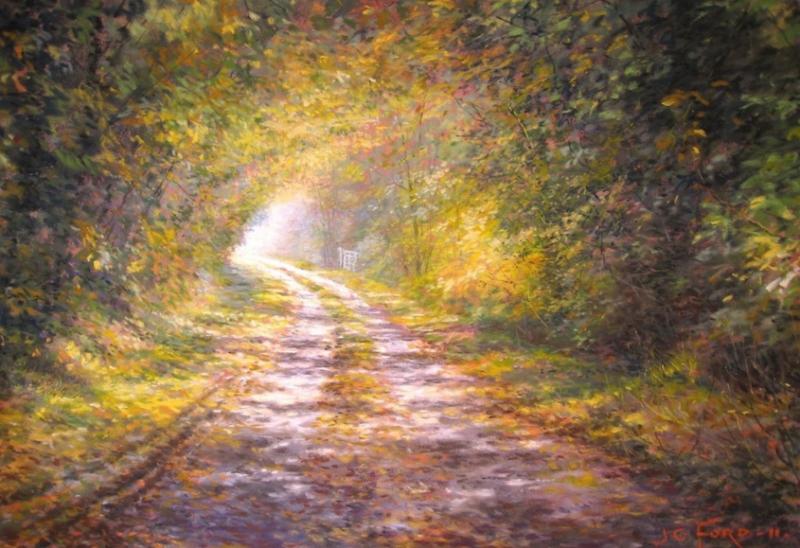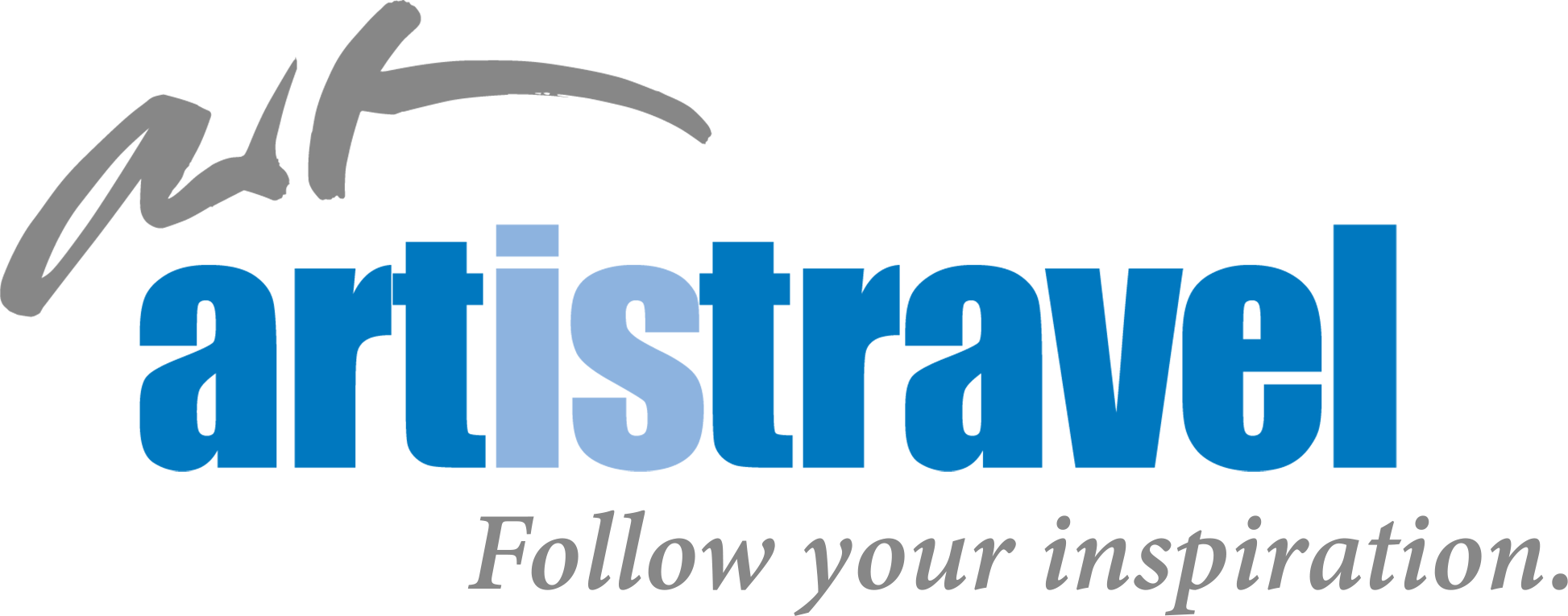Gouache: Painting Landscape and Nature
17.08.2020 - 21.08.2020
Suffolk
|  Jeremy Ford
painting,
landscape,
nature
480 GBP
Jeremy Ford
painting,
landscape,
nature
480 GBP
Gouache is wonderfully adaptable water-soluble paint which can be applied thinly like watercolour, but can also be used more thickly to cover previous layers. Perfectly mixable with watercolours. No experience necessary!
Using reference from outside and working on-site wherever possible, we can develop sketches and ideas in the studio as well as work from people’s tablets and photographs. Step-by-step demonstrations throughout and particular focus on matching colours to those in nature, with plenty of opportunity to experiment.
What to Bring
- Paints: I don't insist that people use the same colours as me so please bring the colours you are familiar with. If you are considering buying artists quality colours then I recommend the following tubes or pans: Ultramarine, (sometimes called French Ultramarine) Phthalocyanine Blue (sometimes abbreviated to Phthalo Blue. N.B. Winsor & Newton call it Winsor Blue Green Shade, or Intense Blue. Daler-Rowney call it Phthalo Blue (Green Shade) If people already have Prussian Blue, it is similar and will do) Cerulean Blue, Cadmium Red Light or Cadmium Red Pale, or Vermillion. Cadmium Red, which is slightly darker will do. Permanent Rose, (Quinacridone Violet is the same, as is Quinacridone Rose) Alizarin Crimson will do but like Rose Madder and Carmine, is darker and duller. Cadmium Yellow or Cadmium Yellow Light, or Cadmium Yellow Pale. Hansa Yellow Light, or Winsor Yellow, or Winsor Lemon, or Lemon Yellow (but NOT Lemon Yellow Nickel Titanate) Burnt Sienna. Burnt Umber or Sepia. (Not essential but useful) Quinacridone Gold and/or Raw Sienna and/or Yellow Ochre. Phthalocyanine Green (sometimes abbreviated to Phthalo Green. Winsor & Newton call it Winsor Green Blue Shade. Viridian or Emerald Green will do. Permanent White gouache might be handy but isn't essential.
- A B and/or 2B pencil
- An eraser
- Water containers
- Pastic water bottle
- Watercolour sketchbook, cartridge sketchbook; whatever size you like working. I work mostly on A3, A4 and slightly smaller.
- Bulldog clips, elastic bands or Masking tape to hold corners down
- If you prefer to work on prepared stretched paper with gumstrip and a board be prepared, otherwise stick to sketchbooks which is my preference for outdoor work
- An assortment of brushes, -suggest 1, 3, 6, 8, 10 - bigger if required
- Perhaps a small rigger or linerwriter
Note: the Tutor will have brushes and paper for sale if necessary.


